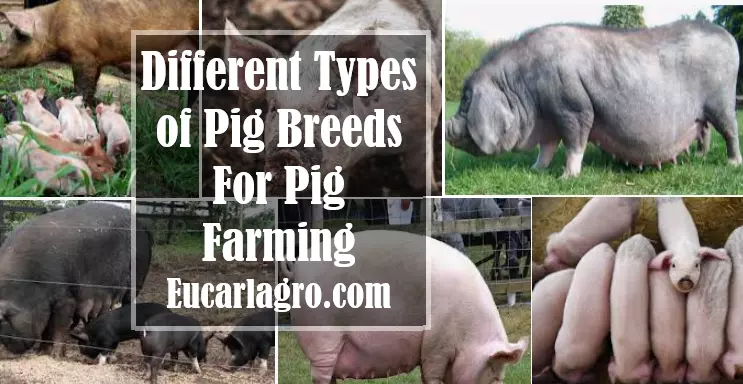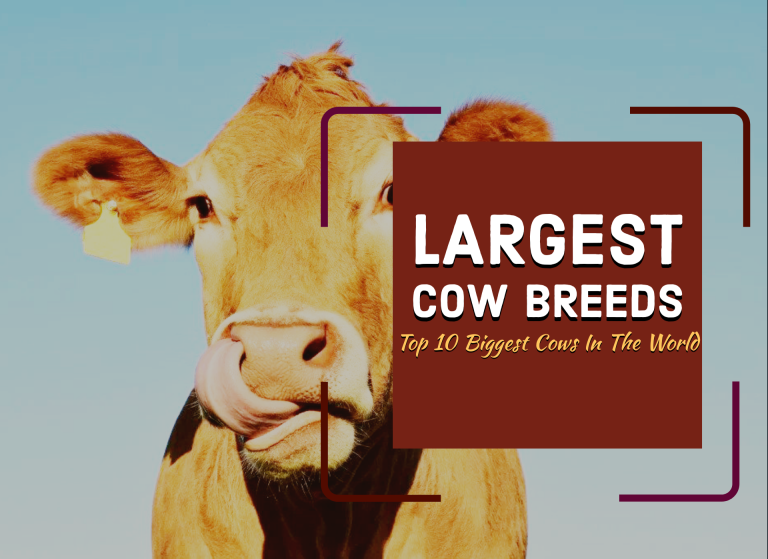Types Of Wool: 11 Things To Know About Wool
As the world’s population rises daily, wisdom entails us to study the third basic need of man, clothing. In this post, we will discuss the types of wool: 11 things to know about wool.
Wool dates back to the Ancient Egyptian civilization. At that time, wool was an object of pride and could only be purchased by the wealthy. Nowadays we identify the wealthy by the brand of clothes they wear or the make of cars they drive but then wool was a treasure.
All this ended in the 19th century, reasons are simple; more wool sources were discovered and the quantity increased so it became purchasable by commoners.
Beyond the length of the existence of wool, what attracts textile companies to implore it in the production of their products is because of wool’s unique benefits. Therefore here at eucarlagro.com, we have vowed to make sure that you are not left out.
What is Wool?
Wool is a material that virtually everyone on earth must have used but if someone walks up to us to ask us what wool is, would we be able to define it?
Wool is the rippled flaky hair with a uniform fibre structure extracted from the inner hair of wool-producing animals. It is one of the best and healthiest raw materials used in the textile sphere. Some types of wool are soft, smooth and long, while others are tougher, less smooth and short but all of them are still called wool.
Just like wheels points to cars and food points to the stomach, Wool has been seen to be synonymous with Sheep but that’s not exactly true. This is the reason why this post was put together. In split seconds after we discuss the benefits of wool, we will be exploring the types of wool, stay focused.
Benefits of Wool
Beyond wool being a great source of income for producers and revenue for the government, wool has other benefits. Here are the benefits of wool.
Firstly, Wool possesses healing abilities. Wool can heal some skin issues and muscular issues also because of the therapeutic effect of Wool. Secondly, Wool possesses thermoregulatory abilities, that is, Wool helps in regulating the temperature of the user.
The third point is, Wool acts as an organic filter. Organic filter? How? The How is simply that wool absorbs a lot of water or sweat, and doesn’t get dirty. Instead, they settle at the surface of the wool. Amazing isn’t it?
As much as wool absorbs a lot of water (up to 30% of its total weight), wool is also water repellent. Mysterious isn’t it? Another benefit of wool is that it neutralizes chemicals. Probably this is the reason why pharmacists use them in treatment. And Lastly, Wool is non-flammable and antistatic, so you don’t have to worry about cloth sparks when you are wearing wool-made garments.
Now that we can define wool and know its benefits, we will proceed to the types of wool.
Types of Wool
Over many generations, Men were ignorant and left with the thought of sheep being the only producer of marketable wool, all this has changed as even some unimaginable sources of wool have been discovered, thereby producing many types of wool. Here are 11 types of wool you have to know.
1. Merino Wool

We will kickstart this segment with Merino wool. Merino wool is one of the several types of wool. It originated in Spain but most of it now comes from Australia.
Merino wool is the finest and softest sheep wool, reasons are because it has a diameter of 17 microns. Merino wool is also rich in Lanolin -a fatty secretion of the sebaceous glands that wrap the wool hairs and is used in cosmetic and medical fields.
2. Cashmere

Like we said earlier, sheep wool blindfolded many producers for ages, making them think that good wool only comes from sheep. Let’s leave the rest of the talking to Cashmere.
Cashmere is one of the costliest wool on the market, reasons are that its quality is far superior to that of Sheep. Cashmere is gotten from goats, Cashmere goats. The neck of the cashmere goat is the wool-mine, there you will see the finest cashmere.
Yearly an average Cashmere goat produces 150g and has a diameter of 18 microns making it very suitable for the production of fine material.
3. Mohair

Gotten from Angora goat, Mohair is one of the types of wool. It is stronger, longer and smoother than sheep wool because of its 20-40 microns diameter.
Mohair is collected from the first three shearing of angora goats. An average Angora goat produces 3 kilograms of mohair yearly.
Nevertheless, there is still a scarcity of Mohair because their source, the Angora goat is few. All these thereby cause a chain effect on the price, Inflating the price.
4. Angora

Firstly, don’t confuse Mohair for Angora, Mohair is from Angora goat while Angora is obtained from Angora rabbit. Angora is known worldwide for its silky texture. Angora has a diameter of 10-16 microns, but although it has a smaller diameter than merino wool, cashmere, and mohair, it still produces more heat than them regardless of its lightweight.
Thereby making Angora suitable for sweeter, felting and suiting production. Angora is also unique for its non-elasticity and so, many producers blend it with sheep wool.
Angora is collected from Angora rabbits by plucking, shearing or mounting. Recently some disturbing videos of angora rabbits being pinned down and screaming in pain as their hair is being plucked for wool. Yearly an average angora rabbit produces 400g. China is the leading producer of Angora followed by Europe, Chile and the United States respectively.
5. Alpaca

Alpaca is wool gotten from Alpaca (animal) a native of South America. Known for its fine and soft texture, the Alpaca has a diameter of 15-40 microns, regardless of these, Alpaca is still seen to be low-quality wool if it’s produced without being blended with other wool.
Yearly 3.5 kilograms of Alpaca is produced per Alpaca. In the market today, Suri Alpaca wool is the most expensive compared to other breeds of Alpaca wool.
6. Camel

Aside from Sheep, Goats, rabbits, and Alpaca, Camels produce wool too. The best camel wool is collected from the Bactrian Camel common in Asia.
Each of these camels produces about 2.3kg annually and is collected by hand (collecting moulted hairs) or shearing or combining. The only issue with camel wool is that camel-made clothing easily wears out because camel wool is very soft.
7. Qiviut
Qiviut is taupe grey-colored wool gotten from the Alaskan musk ox. Eight times warmer than sheep wool, Qiviut is the raw material for making sweaters, hats, scarves, and other types of winter clothing.
8. Vicuna

Vicuna is not just one of the types of wool, instead, it is one of the most expensive types of wool. A yard of vicuna wool costs $3000. Vicuna is produced from Vicuna (animal) that lives in the Andes mountain of Peru.
9. Llama

Llama is a close relative of Alpaca. Its fibre is a glowing fibre that is weaker and coarser than Alpaca and sheep wool.
Llama wool is rare, and the products made with its wool are rare. Either way, there are still a few pieces of clothing made from llamas but they are warm clothing.
10. Cashgora
Okay here goes a riddle. If a male Cashmere goat falls in love with an Angora doe and she gets pregnant, what will their kid be called?
The offspring of the crossbreeding is called Cashgora. Cashgora has a finer texture than mohair but is not as fine as Cashmere.
11. Melton
The last type of wool we would be discussing is Melton. Melton is one of the toughest and warmest wools, woollen into a twill weave. The uniqueness of Melton wool is its wind-resistant ability.
11 Facts About Wool
Are you a fact-finder? Here are the 11 facts about wool you need to know.
- Wool was one of the most valuable commodities for centuries. That even in 1 Kings 3:4 the king of Moab (Mesha) used wool as a tribute gift.
- Wool has been produced in Egypt 3400 years ago. ( prove archaeological discoveries).
- Other animals outside sheep produce wool.
- Outside Clothing, wool is utilized in the production of piano dampers or absorbent pads.
- Wool is said to be 100% natural if the impurities in it are not more than 5%.
- Wool is biodegradable and can be used for fertilizing plants (17% Nitrogen content)
- Wool can absorb and repel water.
- The fastest shearer in History is Hilton Barett. Being able to shear a sheep in 39.31 seconds.
- Modern wool fibres range from 16-40 microns.
- Itching is caused by the uneven thickness of wool.
- There is a way of grading your wool clothing. On its label, you will see an S and a number by its side. It signifies the fitness of the wool and Super S signifies virgin hair mixed with costly wool.
How Is Wool Fabric Produced
Do you want to know how to produce wool by yourself? Here you go, thank us in the comment section.
- Shear the wool
- Scour the wool
- Sort the wool
- Card the wool
- Spin the wool into yarn
- Weave the yarn
- Add the finishing touches
Conclusion
The post is an interesting adventure. From what wool is, down through the benefits, types of wool, and 11 facts about wool then we ended with how to produce wool.
Hope it was clear and not ambiguous. For questions and opinions feel free to comment but most importantly subscribe to this website for more of this goodness.






